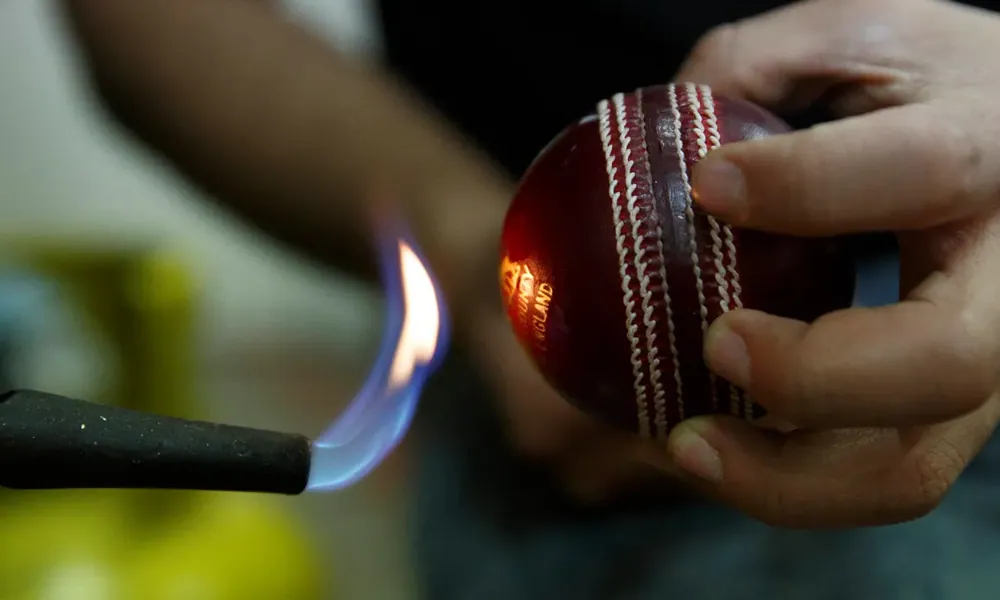The Influence of Proximity to the Ball on Cricket Batting Glove Design

Cricket, often termed as a game of inches, is a sport where the tiniest of details can make a monumental difference. Among the most critical pieces of equipment for a batsman is their batting gloves. These gloves not only provide protection but also impact the player's ability to feel the ball, maintain a firm grip, and execute shots with precision. In this blog, we'll explore how the proximity to the ball influences cricket batting glove design, shaping the gear that batsmen rely on to excel on the pitch.
Close Quarters: Navigating the Fine Line
When facing fast-paced deliveries from bowlers, batsmen find themselves in close proximity to the ball. In these split-second moments, the slightest deviation in glove design can have a profound impact on performance. Manufacturers must strike a delicate balance between providing sufficient protection and maintaining tactile sensitivity to ensure batsmen can react swiftly and decisively to each delivery.
Impact of Padding: Finding the Right Balance
Padding is a crucial aspect of cricket batting glove design, offering protection against the impact of the ball while minimizing interference with the player's ability to feel the ball. Too much padding can dampen sensation, making it difficult for batsmen to judge the pace, trajectory, and spin of the ball accurately. Conversely, insufficient padding exposes players to the risk of injury, particularly when facing fast bowlers delivering thunderous deliveries.
Manufacturers employ advanced materials and construction techniques to achieve the perfect balance of protection and sensitivity in batting glove padding. High-density foams, gel inserts, and shock-absorbing materials are strategically placed to cushion the hands against impact without compromising tactile feedback.
Grip and Control: Enhancing Feel and Precision
Maintaining a firm grip on the bat is essential for executing shots with precision and power. The design of cricket batting gloves plays a significant role in enhancing grip and control, particularly in close proximity to the ball. Features such as textured palms, reinforced finger sections, and anatomically contoured designs help maximize contact between the hand and the bat, ensuring a secure grip even in high-pressure situations.
Flexibility and Mobility: Reacting in an Instant
Cricket is a game of constant movement and quick reflexes, requiring batsmen to react swiftly to changing conditions. Batting gloves must offer the flexibility and mobility needed to accommodate the dynamic nature of the sport. Close proximity to the ball demands gloves that allow for natural movement of the fingers and hands, enabling batsmen to adjust their grip, position, and shot selection with ease.
Conclusion: Precision Engineering for Performance
In conclusion, the influence of proximity to the ball on cricket batting glove design cannot be overstated. From padding and grip to flexibility and mobility, every aspect of glove design is meticulously engineered to optimize performance in close quarters. Manufacturers continuously push the boundaries of innovation, leveraging advanced materials and technology to strike the perfect balance between protection and sensitivity.
As cricket evolves, so too will batting glove design, ensuring that players have the tools they need to thrive in the face of fast-paced bowling and relentless competition. With precision engineering and a deep understanding of the game, cricket batting gloves will continue to play a pivotal role in shaping the future of the sport, enabling batsmen to rise to the challenge and reach new heights of excellence on the pitch.

